Early morning we left the anchorage of Nafpaktos. The sun was shining bright and right in our back! The optimal opportunity to make some nice footage of sailing under the Rion Antirion bridge! Ready for the red beast?! Let’s go! The circumstances were perfect! Officially you have to contact bridge control to tell them you are passing the bridge. Never thought of that and it was no problem at all. We had a spectacular sail! Look at this video we made. We were sailing around 9 knots flying under the bridge! Superb!
At 11.15 we were still going like 9 knots and an hour later … motoring! We thought we found a nice anchorage at the Island of Oxia. But the depths were completely wrong of what they said they would be. We used the Navily app, which we normally like very much, but this time the information was completely wrong! So we moved to another spot on the other side of the island called Nsis Skrofa. Very close to the rocks so not a nice place to stay for the night. By that time it got dark already … and we moved again. So, in the end, we moved to another sport called Estuary Acheloos. Along a sort of beach. Looked like a fishing area with many fish farms around. A lot of noise and people walking on the beach, having beach fires … a bit strange. But we stayed as now it was completely dark. Anyway, the night was ok and we slept well!
The Rion Antirion bridge: the world’s longest cable-stayed bridge.
Rion-Antirion Bridge in Greece, which was first opened to traffic on August 2004. A seven-year construction project from 1998 to 2004 (including a two year preparation period 1998–1999 and a five-year building period 2000–2004) resulted in the world’s longest cable-stayed bridge.
With a suspended deck of 2,252m, the Rion-Antirion Bridge features four pylons (where there are usually two) and has a reference span of 560m. Located in the western end of the Gulf of Corinth in Greece, the Rion-Antirion Bridge links the Peloponnese (southern Greece) to the Greek mainland.
The bridge also unites two major roads: the intersection of the Patras–Athens–Thessaloniki motorway (which forms part of the European motorway) and the western axis of the Kalamata–Patras–Igoumenitsa road.
The five-spanned bridge was completed in May 2004 and after its opening, the bridge has significantly reduced the crossing time of the Gulf of Corinth to around five minutes from 45 minutes (previously by ferry). Currently, 10.000 vehicles cross on a daily basis.
Bridge structure
The pylons are made from reinforced concrete and pylon legs range from 25m to 45m above sea level. The pylon heads reach a total of 160m above sea level. Because of the high seismic activity of the area, the Rion-Antirion Bridge required seabed reinforcement via 200 hollow steel pipes (for each pier) driven into the seabed and topped with gravel.
A 27.2m-wide deck contains two traffic lanes plus a safety lane and pedestrian walkway in both directions. The structure of the deck is composite with a steel frame of two longitudinal 2.2m-high plate girders with transverse plate girders. In addition, there are two approach viaducts, one 392m long on the Rion side and the other 239m on the Antirion side.
The piers, pier heads, and steel pipes
Caissons, which form the bases of the piers and in turn hold the bridge’s pylons, were constructed in a purpose-built dry dock, moved to a wetdock where the concrete was added and then towed out to the installation area and lowered using tug winches. Seabed reinforcement (in depths of up to 65m) was achieved by using inclusions, which are 2m diameter hollow steel pipes 25m to 30m long. 200 pipes were driven in to the seabed by a crane on a tension leg platform, which was installed at every pier location. This was topped with a 3m-thick, levelled gravel layer. A cone with a diameter of 38m formed the lower part of the pier. The pier head itself measures 90m in diameter and is believed to be the largest base foundation ever constructed for a bridge. The upper pier shaft with its reverse pyramid shape is 15 m high and has a square base 38 m long.
The pylons, pylon heads and stay cables
Once the pier was completed, the bridge’s four pylons were constructed. Each pylon took a year to fully erect. Construction began with the pylon legs (there are four legs to each pylon) which were made from reinforced concrete and embedded in a pylon head. Pylon legs ranged from 25m to 45m above sea level, leaving a shipping clearance below the deck of 52m in the middle of the strait. These pylons rise by 115m to a maximum height of 160m above sea level. The pylon heads were part-constructed and assembled at the installation site by sheerleg cranes. Two individual pylon modules, each weighing 150t, were then lifted and installed. Attached to the pylons were the stay cables. These were placed in an inclined arrangement, with their lower anchorage on the sides of the deck and the upper anchorage in the 35m-high pylon head. The cables were made of parallel, galvanised strands with the thickest cable formed from 70mm x 15mm strands.
The suspended deck
“The bridge unites the intersection of the Patras – Athens – Thessaloniki motorway and the western axis of the Kalamata – Patras – Igoumenitsa road.” Due to the strong seismic activity in the area, the Rion-Antirion Bridge needed to be able to withstand an earthquake comparable to the Izmit earthquake which measured 7.4 on the Richter Scale (the South Rion coast drifts several millimetres away from the North Antirion coast every year). A suspended deck acting as a pendulum during an earthquake was the best way to combat such natural forces. In addition, the bridge had to sustain the impact of an 180,000t tanker sailing at 18kt as well as high wind speeds. With a width of 27.2m, the deck features two traffic lanes plus a safety lane and a pedestrian walkway in both directions. The structure of the bridge’s deck is composite with a steel frame made of two longitudinal 2.2m-high plate girders on each side as well as transverse plate girders spaced every 4m. The top slab is made of pre-cast concrete panels. Four damping devices connect the deck to the top of each pier and limit the pendulum movement of the deck during an earthquake. On either side, a monumental transition pier links together the deck of the cable-stayed bridge with the deck of the approach viaducts. The five-span suspended deck was constructed using a cantilever technique. The deck consists of 12m sections, each weighing around 330t. These sections were transported to a quay in the Antirion and prepared for installation by Smit Transport and Heavy Lift’s sheerlegs Taklift 7.

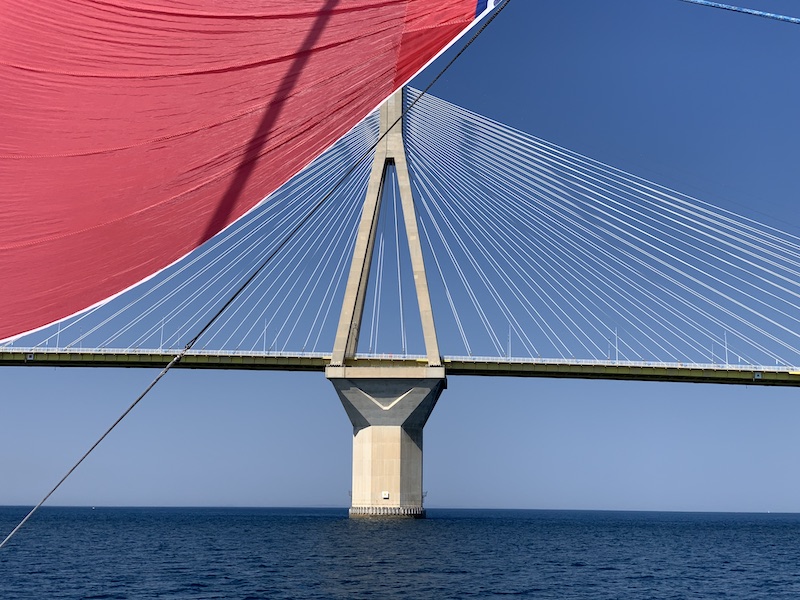

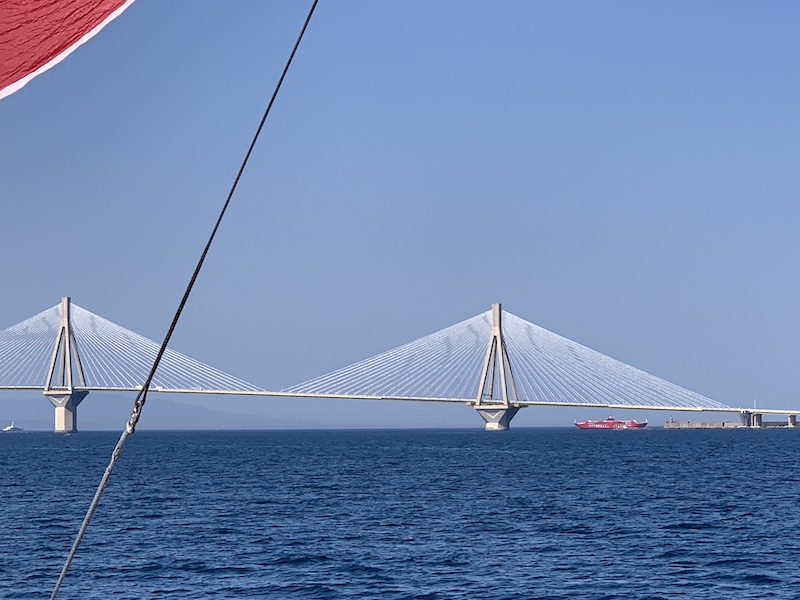
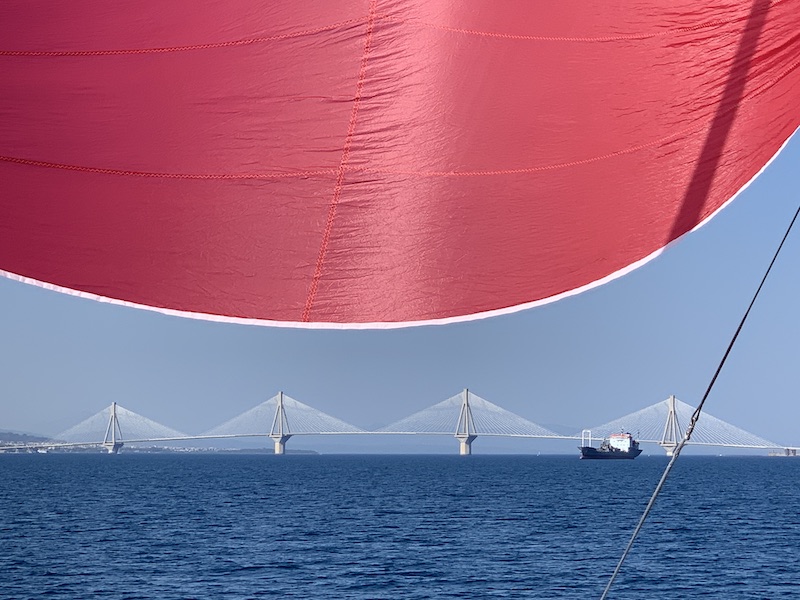
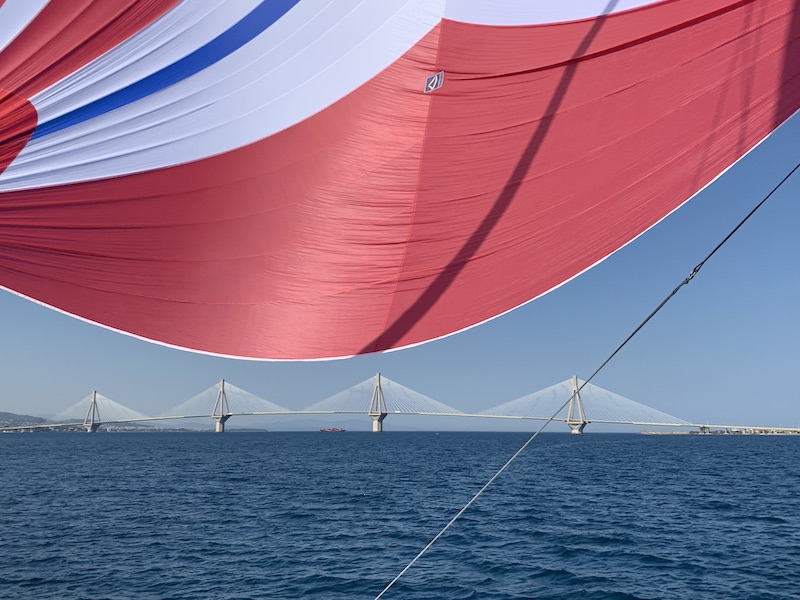
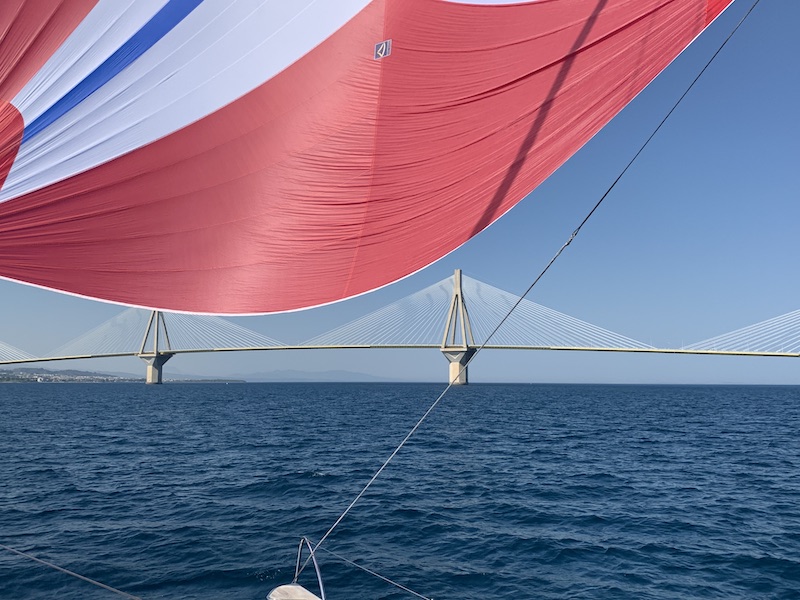
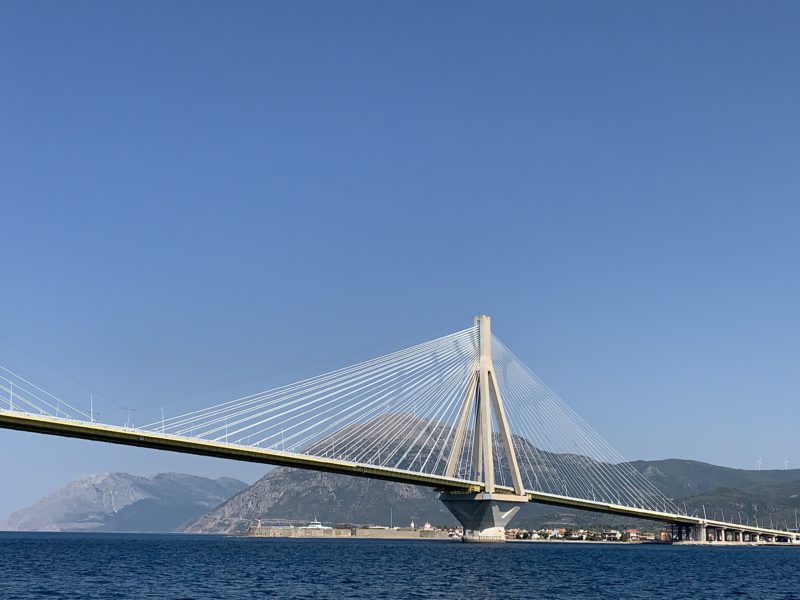
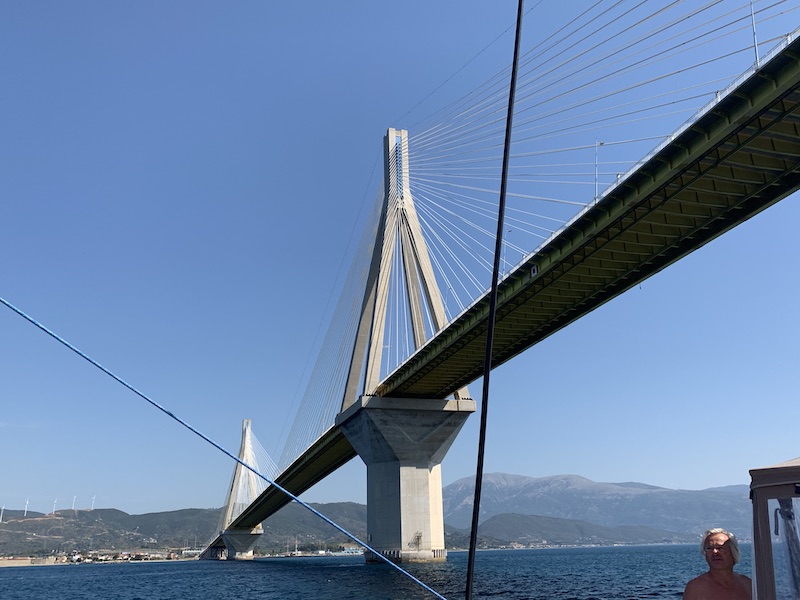
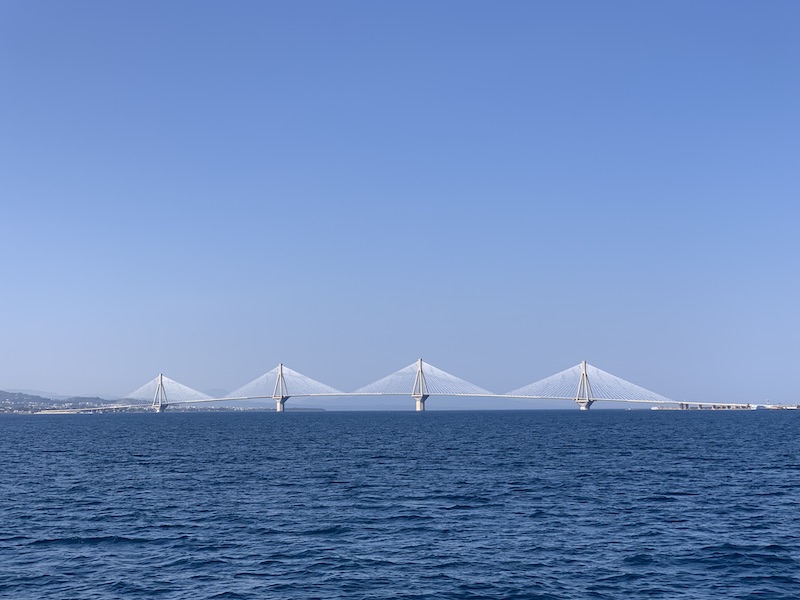
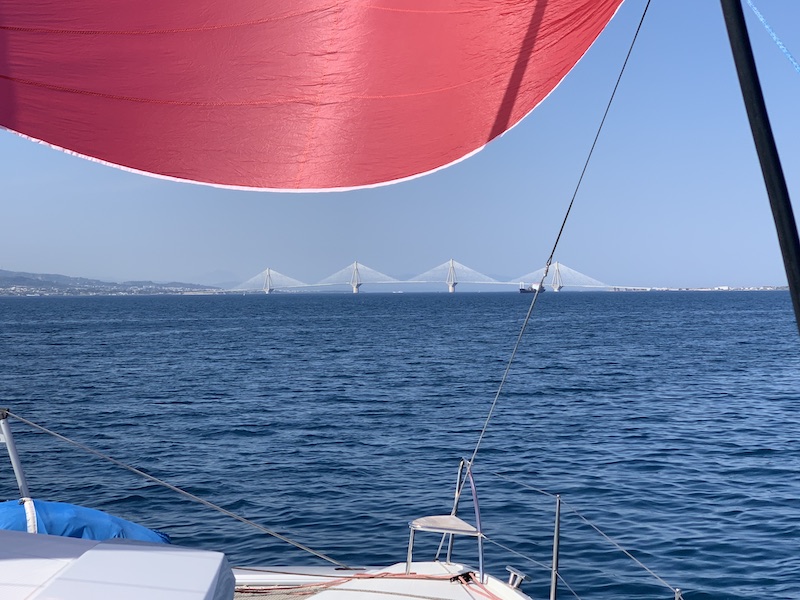
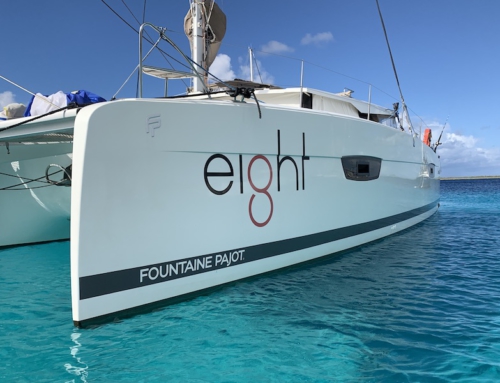
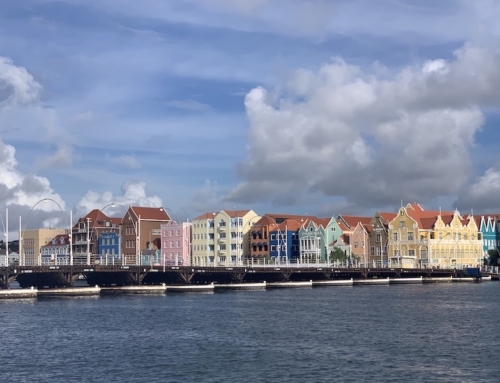
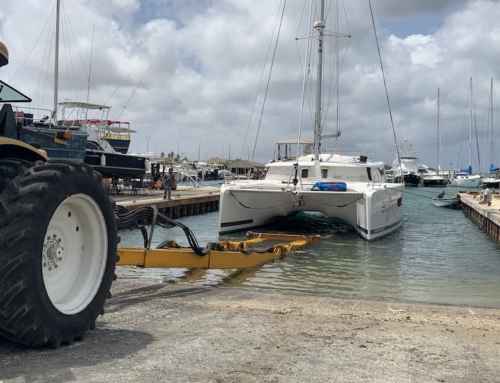
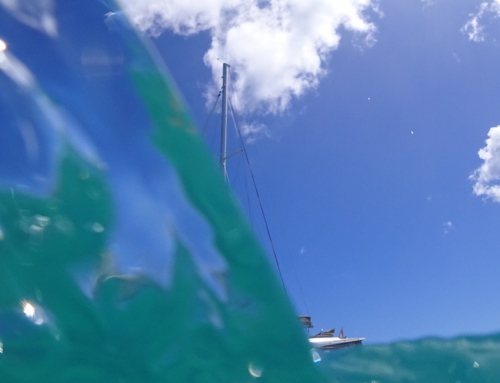
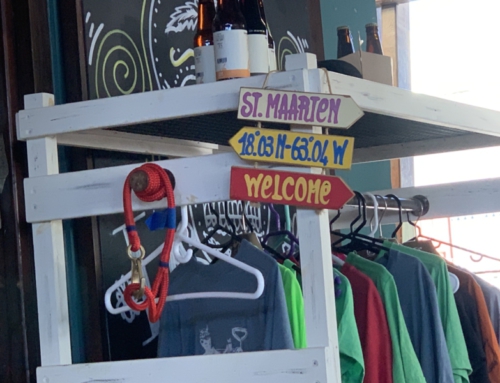
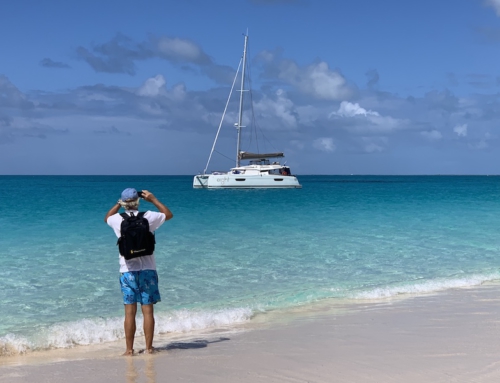
Leave A Comment